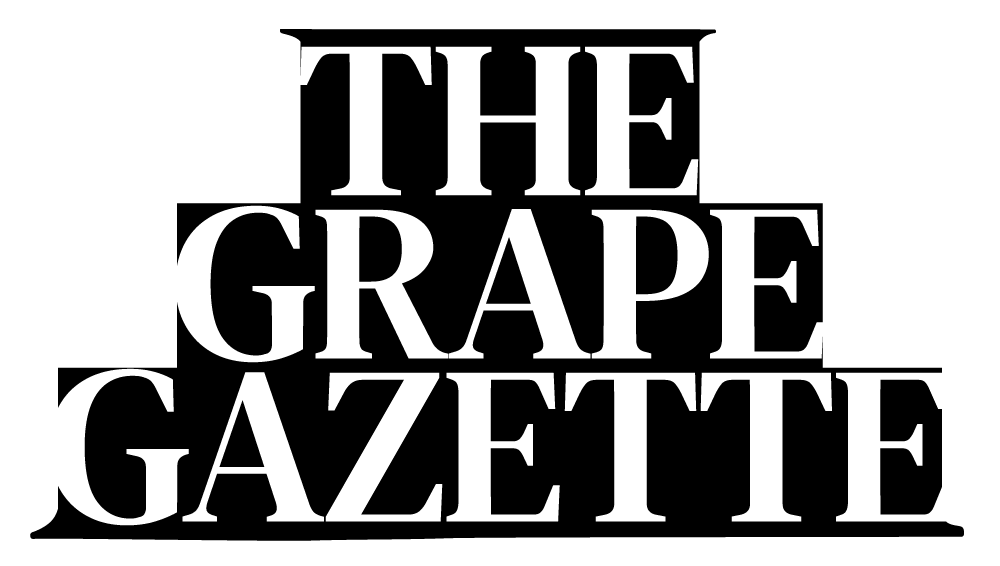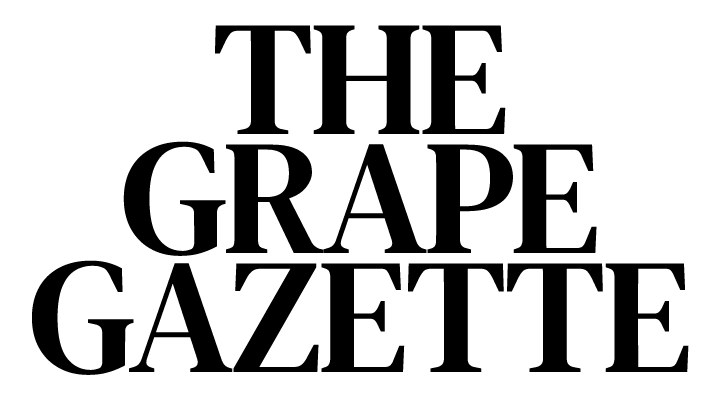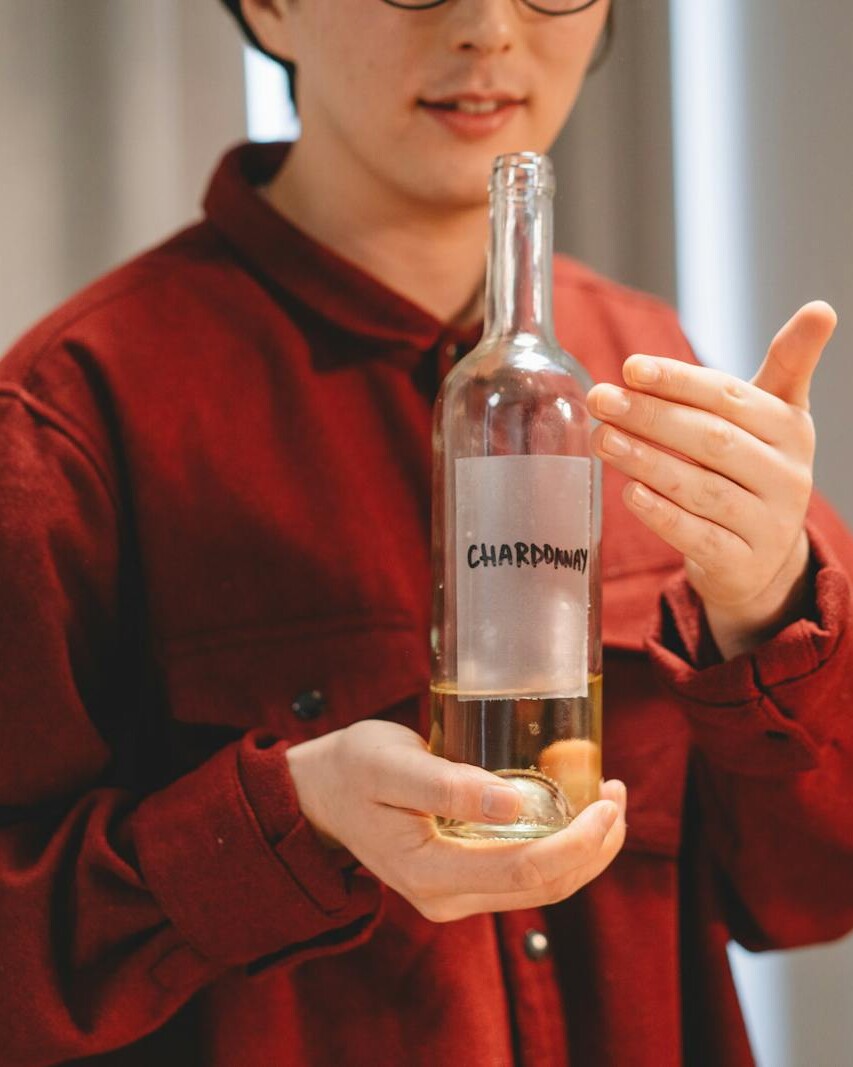Once upon a time, the phrase “wine bar” meant dusty bottles, tablecloths, and the faint smell of corked nostalgia. Then, for a while, it meant nothing at all. Wine bars disappeared, replaced by cocktail dens, craft beer temples, and pop-ups that felt allergic to formality. Now, quietly and confidently, they are back. The modern wine bar has shed its snobbery and found a new purpose. It is relaxed, curious, and more about conversation than collection.
The Shift in How We Drink
People have changed the way they drink wine. Fewer big nights out, more small glasses that matter. The new generation of bars reflects that. They focus on discovery, not status. It is no longer about owning a cellar or knowing the jargon. It is about walking in, trusting the list, and letting someone pour you something interesting by the glass.
The best wine bars make you feel like you are part of the process. There is no velvet rope, no 200-page menu, no need to pronounce anything in French. A chalkboard and a few open bottles are enough. If you like it, they will open another. It feels unpretentious because it is. The point is to keep people talking about what they are tasting, not who made it first.
The Wine Itself
The revival of the wine bar has been driven by a wave of small importers and independent winemakers. Natural and low-intervention wines, once limited to niche tastings, are now regular fixtures. These wines are alive, a little unpredictable, and full of texture. They invite conversation because they are not obvious. You do not need to know what “carbonic maceration” means to enjoy a light, juicy Gamay from the Loire, but it helps to have someone who can explain it if you are curious.
Bars like Bar Crispin in Soho, Noble Rot in Bloomsbury, and Wingnut in Manchester show how far things have moved. They offer wines that used to exist only on sommelier wish lists, now poured in places that feel as welcoming as your favourite pub. Even supermarket buyers are paying attention, following what the independents are pouring by the glass each month.
The Food Matters Too
The new wine bar food model is simple: cook what you can serve fast, but make it memorable. Expect charcuterie, small plates, and one or two dishes that change every week. The cooking is confident without being overdesigned. Anchovies on toast, burrata with seasonal fruit, and slow-cooked meats designed for sharing. The food is there to complement the wine, not compete with it. The point is to graze slowly, drink thoughtfully, and maybe stay for a second bottle.
Why It Works
The appeal of the wine bar is timing. After years of maximalism, people want something smaller, quieter, more grounded. The spaces are informal but curated. You can drop in alone, meet a friend after work, or make it a full evening without the commitment of a three-course meal. It is flexible, and it feels modern because it fits how we live now. The wine world finally caught up with the social world.
There is also a new generation of owners driving this change. Many are ex-sommeliers or chefs who wanted to step away from the structure of restaurants. They know service, they know sourcing, and they know how to build a mood. The wine bar gives them room to be creative without the heavy economics of fine dining.
From London to the Regions
London might have started the movement, but the most exciting openings are happening elsewhere. In Bristol, Manchester, Leeds, and Edinburgh, independent bars are turning former shopfronts into community spaces with serious wine lists. The emphasis is on accessibility, not exclusivity. These are places where you can drink a £7 glass of Austrian Grüner or split a £60 bottle of Barolo without judgement. The focus is flavour and story, not status.

Looking Ahead
Wine bars are shaping a new kind of wine culture in Britain. They are teaching people to explore without pretense, to try unfamiliar regions, and to value what is made with care. They have turned casual drinking into something meaningful again. Whether it is Noble Rot in London, Levan in Peckham, or Burnt Milk Hotel in Hove, the energy feels the same: pour what you love, talk about it honestly, and keep the lights low enough that everyone looks their best.
The return of the wine bar is really a return to curiosity. It proves that wine is at its most enjoyable when it is shared, not performed. And that is something worth raising a glass to.




